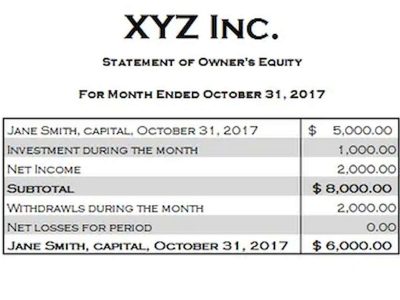
Second, early-stage startups are often reliant on a small number of key personnel, and it can be difficult to predict how long these individuals will remain with the company. Finally, many startups are based on new or unproven technology, which makes it difficult to estimate the amount of money that will be required to develop and bring the technology to market. In summary, estimating the amount of money a startup will need is not an exact science. However, by understanding the business model and building a financial model, investors can get a good idea of how much money a startup will need to raise. Overall, it is extremely important for startups to have a clear understanding of their finances. This understanding is essential for budgeting purposes and for securing the funding they need to keep their business running.
Calculate your financial resources
- Otherwise, EBITDA and capital investments will be sufficient for the seed round.
- Metrics such as user growth, monthly recurring revenue (MRR), and customer acquisition cost (CAC) are key indicators of a startup’s progress.
- Choose the ones that will give you the information you need to make informed decisions about your business.
- This includes paying themselves a fraction of the standard market salary and outsourcing work to firms and contractors to conserve funds and stay flexible.
As the world progresses, the importance of startups and small businesses grows. Many large companies started as small businesses, and it is essential to have a strong financial foundation to build a successful company. Financial analysis can help you improve your decision making by providing insights into your businesss financial health.

Tips for Accurate Cost Estimation
So if revenue estimates are materially misstated, the company risks overstaffing or understaffing and/or why are financial needs of startup businesses difficult to calculate? purchasing assets incorrectly. Estimates do not need to be precise, but they do need to be realistic and supported by a viable story. And sometimes you can even start with no money (there are a few almost zero cash startup ideas on my list too!). However, most businesses will require investment for rent payments, workers, inventory, and marketing campaigns.
Resources
Most founders overestimate their company’s worth because they are emotionally attached, leading to unrealistic expectations. The valuation considered Griffin’s innovative “banking-as-a-service” (BaaS) model, which allows other fintechs to develop banking services without extensive in-house resources. Real Options Valuation (ROV) values the flexibility to change strategies in response to future events. This approach utilizes financial ratios such as the ones below to gauge a company’s market value relative to its peers. Most valuators consider alternative approaches when they’re working with startups.

Stages of Startup Capital Funding

This tells you how many units (or customers, for a service-based startup) you need to cover your expenses. If you’re a SaaS startup, instead of “units,” you’ll calculate the number of subscriptions or licenses required to reach profitability. For most startups, salaries will be the biggest chunk of OpEx, especially if you’re in tech or other talent-heavy sectors. For example, if you generate $100,000 in revenue and your COGS is $40,000, your gross margin is 60%.

But it’s surprisingly easy to overestimate your cash flow when determining maximum financing needs. Ghosh observes that “Many startups determine their funding needs by estimating the point at which revenue will arrive, then making plans based on that predicted revenue. But revenue often takes longer to arrive.” This invariably leads to cash flow shortages. From estimating your start-up costs to calculating your burn rate and runway, financial modelling gives you the tools to make informed decisions and ensure your start-up stays on track. In this guide, I’ll break down key formulas and concepts that will help you build a financial model that works for your unique business.
Challenges
For a new business that is likely to scale fast, angel investors might be an effective avenue for raising capital early. As you scale, you may need to temporarily suspend some financial best practices. For instance, focusing on revenue growth, establishing assets, and long-term savings seems smart. Many people reasons that buying office space instead of renting may save money in the long run, because you’re investing in an asset. Many startups believe that, while acquiring a customer is expensive, over time, the customer will more than pay back the costs. From a quantitative perspective, determining cash flow https://www.bookstime.com/ at a given point seems straightforward.
This involves tracking the inflows and outflows of cash for your business. This information can be used to identify potential cash flow problems and to develop strategies for improving cash flow. There are several key components to conducting a financial analysis for your startup. This data can be pulled from your company’s financial statements, tax returns, and other records. Once you have this data, you will need to analyze it to identify trends and online bookkeeping areas of opportunity or concern. All investments carry risk, and startups often face high levels of uncertainty.
Investors need to understand the specific risks involved and ensure that the startup has strategies to mitigate them. Startups that actively engage in risk assessment demonstrate that they are proactive and serious about their business plans. Understand what you aim to achieve through financial forecasting – whether it’s securing funding, managing cash flow, or planning for growth. If you’re an entrepreneur in the startup phase of your journey, you’re busy bringing your idea to life and strategically planning to enter the market.
